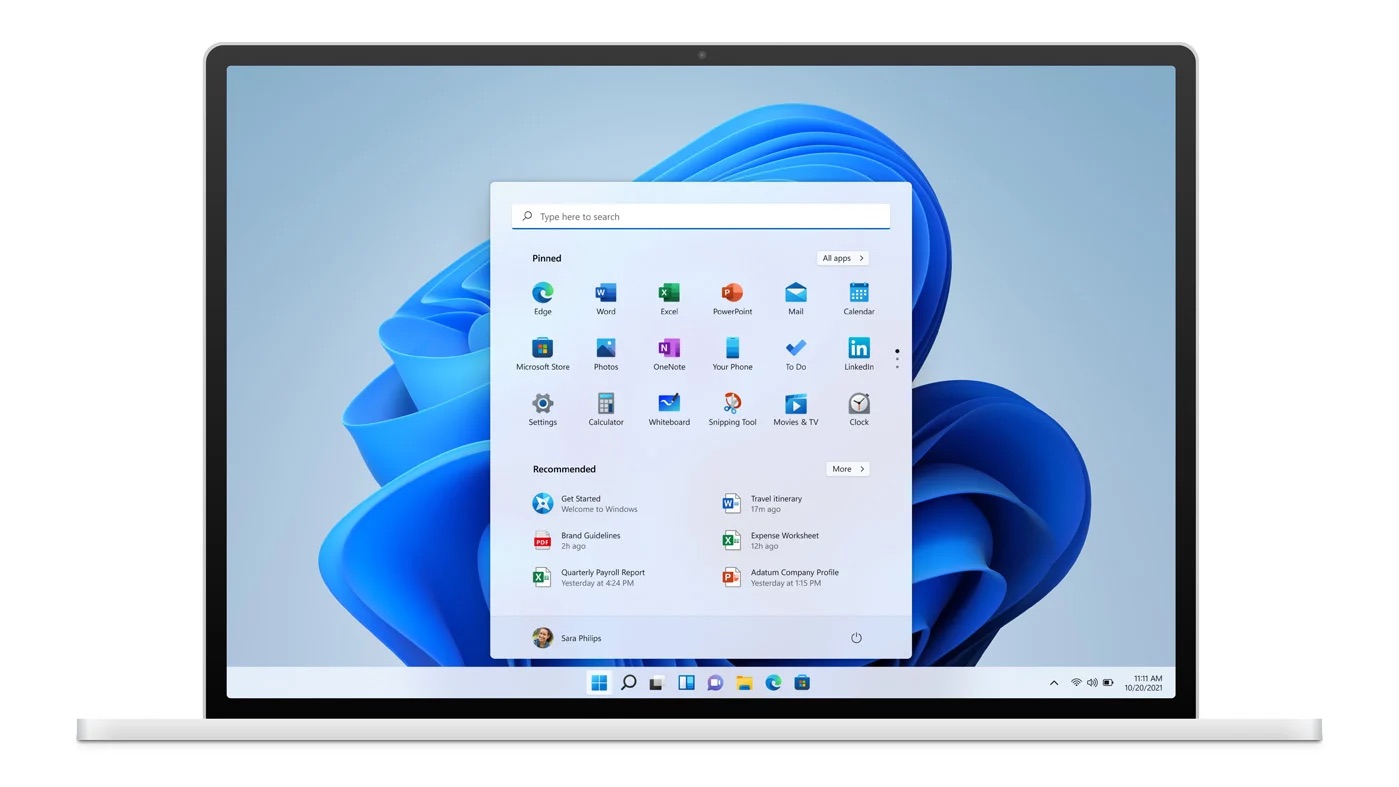
Microsoft has quietly removed its official instructions for installing Windows 11 on unsupported Windows 10 machines. Originally posted in an October 2021 support article, the guide allowed users to bypass the system’s stringent hardware requirements, including the TPM 2.0 security-related chip. This removal, noticed by tech website Neowin in December, comes as Microsoft continues to push consumers toward upgrading to Windows 11.
End of Support for Windows 10
The workaround, which had been available for several years, enabled users to install Windows 11 on PCs that did not meet the operating system’s official specifications. Microsoft’s support page previously cautioned that such installations could lead to malfunctions due to compatibility issues.
“If you installed Windows 11 on a device not meeting Windows 11 system requirements, Microsoft recommends you roll back to Windows 10 immediately.” – Microsoft
With Microsoft ending official support for Windows 10 on October 14, users face a pressing decision. The operating system will no longer receive new updates or security patches after this date. Microsoft advises users to consider paying for extended support for Windows 10 as an alternative to upgrading to a potentially incompatible Windows 11 setup.
The guide’s removal did not include any official comment from Microsoft, and the company never officially endorsed the workaround option. However, the push towards Windows 11 remains strong. For those whose existing machines lack the necessary hardware specs, upgrading might entail purchasing entirely new PCs.
Despite removing the instructions, users still have alternative methods to install Windows 11 on unsupported machines. Third-party tools continue to offer a way around the hardware constraints imposed by Microsoft’s latest operating system.
The removal of the instructions was confirmed through the Internet Archive’s Wayback Machine, which indicated that Microsoft took down the workaround from its support page in mid-December. This action underscores Microsoft’s focus on encouraging users to transition to Windows 11, even if it means substantial hardware investments for some consumers.
What The Author Thinks
Microsoft’s decision to remove the workaround instructions for installing Windows 11 on unsupported devices subtly pressures users to either upgrade their hardware or face the security risks of an unsupported Windows 10. This move aligns with Microsoft’s strategy to push the adoption of Windows 11, ensuring users benefit from the latest security features and system efficiencies. However, for many, this could mean unavoidable expenses that could have been delayed with the workaround, marking a pivotal moment for consumer choice in the PC market.
Featured image credit: Vitya_maly via GoodFon
Follow us for more breaking news on DMR
